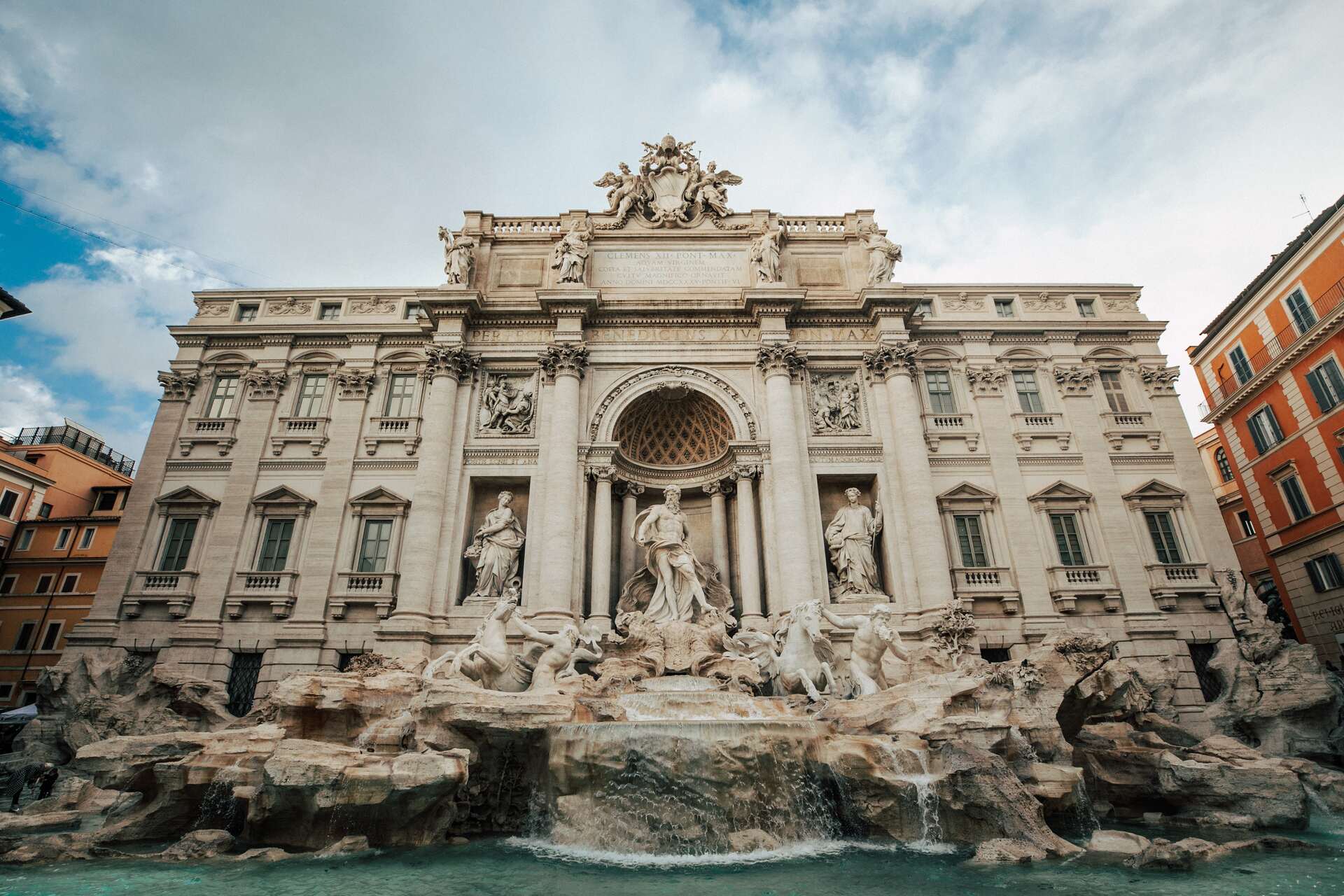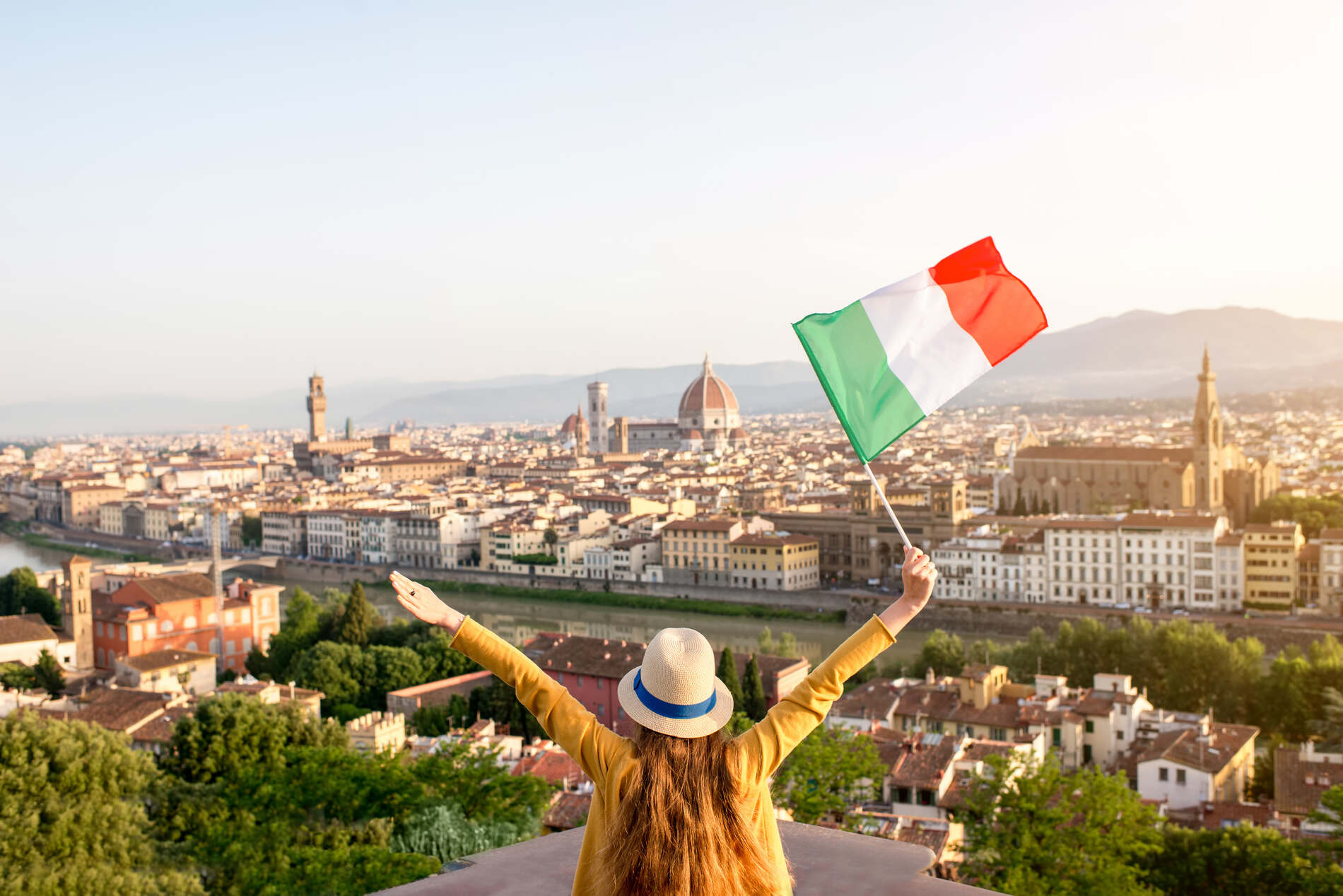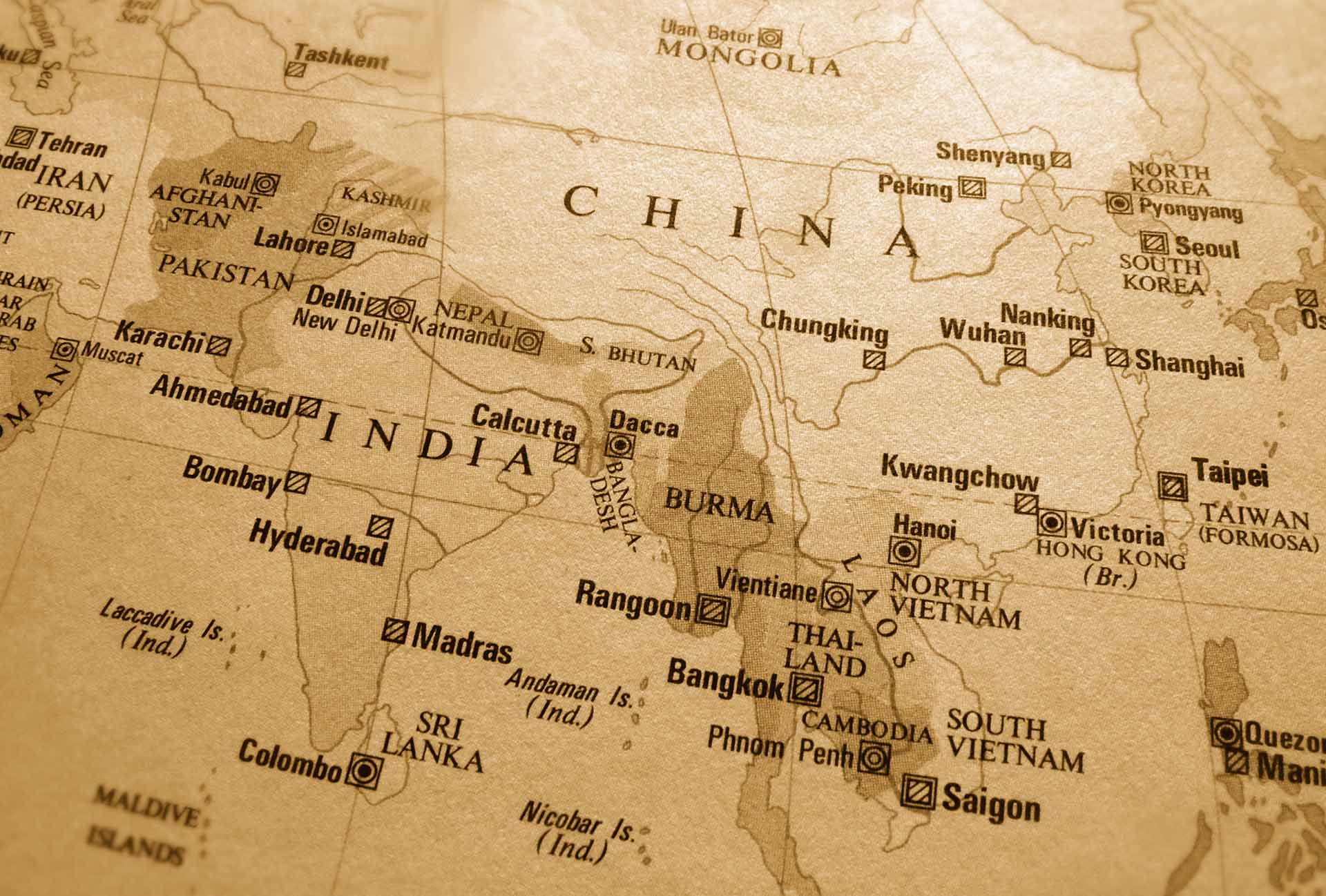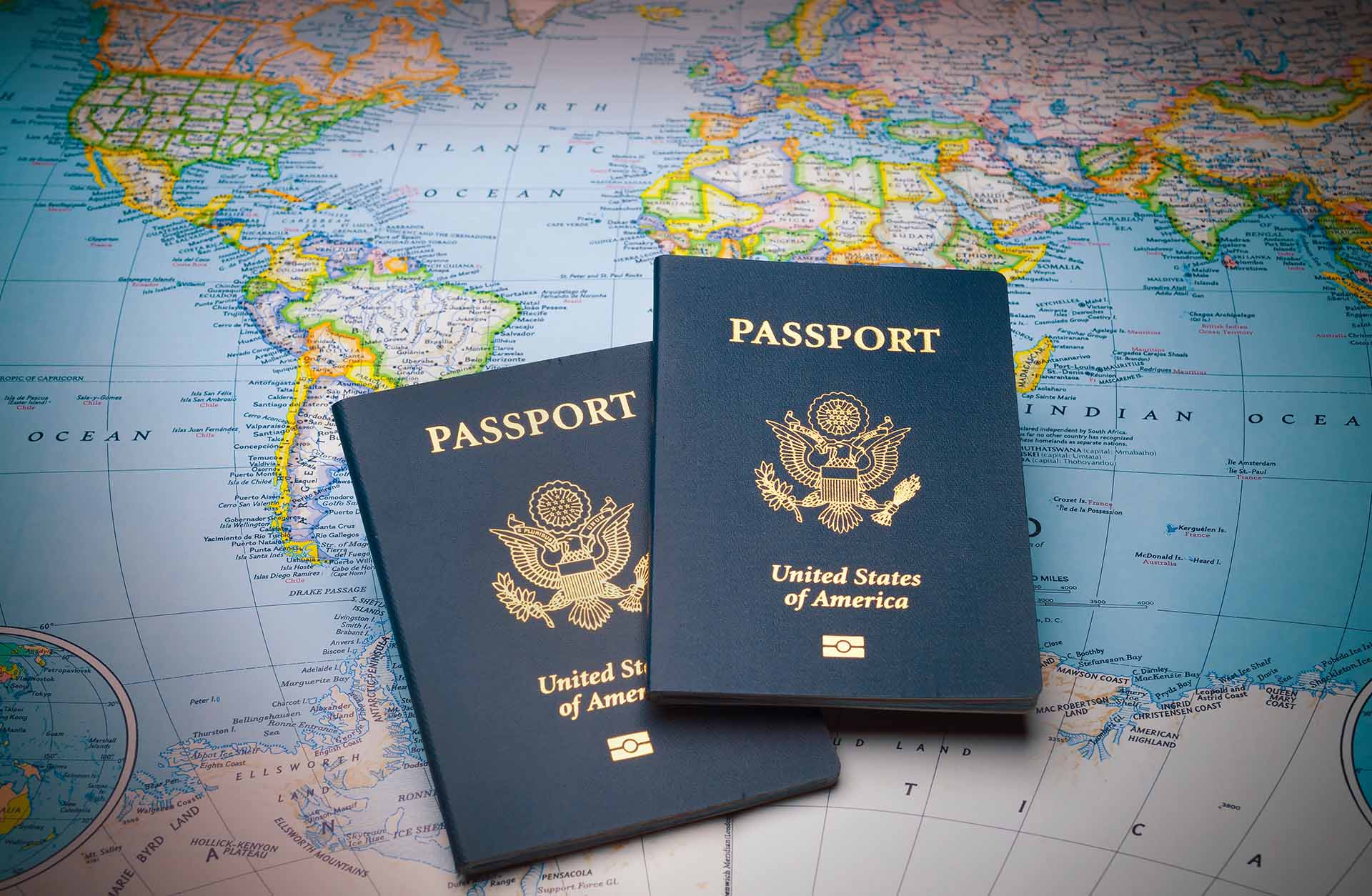From the grandeur of the Colosseum and the Vatican’s hallowed halls to the bustling trattorias that dot its charming neighborhoods, Rome is a city like no other. However, we know that moving to Rome and uprooting your life to settle in a new country is a major decision. That is why we’ve created a guide that will help you not just survive but thrive in your new home – the Eternal City.

Before moving to Rome, ensure you have the right visa, work permits, and documentation needed to live and work here. Also, keep in mind that Italy’s capital is not the cheapest city in the country, so learn all about the cost of housing, utilities, food, and transportation. Look into the job market in your industry and understand that networking plays a significant role in securing work in Italy. In the end, make sure to understand Rome’s culture and norms so you can adapt more quickly.
Why Rome Is a Popular Destination, Year After Year
Rome has an enduring appeal that lies in its unique blend of ancient history, world-class art, and vibrant street life. As the capital of Italy, it serves as the country’s economic, cultural, and political hub.
The Eternal City is steeped in history and culture, with a wealth of UNESCO World Heritage sites, including the Colosseum, Roman Forum, and the historic city center. The city’s historic charm, which can be experienced in its winding streets, picturesque piazzas, and timeless architecture, offers a living testament to its millennia of habitation.
Embracing Rome’s Mediterranean Climate and Laid-Back Lifestyle
Rome’s Mediterranean climate, characterized by hot summers and mild winters, is another significant relocation benefit for people from colder or rainier climates. The city is also surrounded by beautiful countryside and close to the sea, providing plenty of opportunities for weekend getaways and outdoor activities.
Finally, the Italian lifestyle, which values family, leisure, and good food, is another reason why people are attracted to Italy’s capital. The laid-back pace of life, combined with the high-value Italians place on work-life balance and socializing, can offer a refreshing change for those accustomed to more hectic schedules.

Necessary Documents When Moving to Rome as an American
Always check the most current requirements with your nearest Italian embassy or consulate before you travel, as regulations can change. However, when you want to relocate across the world to Rome, the documents needed to travel abroad will typically include:
- Passport – ensure it is valid for at least six months beyond your planned date of entry.
- Visa – Non-EU citizens need a visa to stay in Italy for longer than 90 days.
- Permit to Stay (Permesso di Soggiorno) – once in Italy, non-EU citizens need to apply for a Permit to Stay within eight days of arrival. This document is necessary for stays longer than 90 days and should align with the purpose of your visa.
- Work permit – if you want to get a job in Europe as an American and have chosen this city, you’ll need a work permit, which your employer usually secures on your behalf.
- Health insurance – proof of health insurance is necessary.
- Financial proof – in some cases, you might need to demonstrate financial self-sufficiency to prove that you can support yourself in Italy without resorting to public funds.
- Driver’s license and International Driving Permit – if you plan on shipping a car overseas.
- Personal records – this includes documents like birth certificates, marriage certificates, and academic records, which might be necessary for various administrative processes in Italy.
How to Obtain Permanent Residency and Citizenship in Rome as an American
Permanent residency is typically the first step toward gaining Italian citizenship. After five years of continuous legal residence in Italy with a Permit to Stay, you can apply for long-term residency or an “EC Long-Term Residence Permit” (Carta di soggiorno). During these five years, you must not have left Italy for more than six consecutive months or ten months in total.
After ten years of legal residence, you can apply for Italian citizenship by naturalization. It’s important to note that Italy allows dual citizenship, so you won’t have to renounce your American citizenship. For both residency and citizenship applications, you must provide evidence of financial self-sufficiency, good conduct, and sufficient knowledge of the Italian language.

A Guide to Rome’s Neighborhoods
Choosing the right neighborhood is an essential part of relocating to a new city abroad. Each of Rome’s districts possesses its own unique character, vibe, and aesthetics. American expats, in particular, have shown a preference for certain neighborhoods over others, gravitating towards areas that offer a fine blend of historical charm, lifestyle conveniences, and a sense of community. On that note, if you plan on getting international moving services and relocating here, take a look at our list of the most popular neighborhoods:
This neighborhood is a favorite among many expats due to its picturesque cobblestone streets, beautiful squares, and an array of restaurants, bars, and shops. Trastevere offers a bohemian charm, a lively social scene, and a central location close to Rome’s major sights.
Situated near the Vatican, Prati is known for its elegance and wide, well-ordered streets. It boasts numerous restaurants and shops and is within walking distance of Rome’s city center. This area is particularly popular with members of expat communities who prefer a more residential feeling without sacrificing the conveniences of city living.
This vibrant and artsy neighborhood is characterized by its indie boutiques, gourmet food shops, and trendy wine bars. Monti’s central location and proximity to major attractions, like the Colosseum, make it a popular choice among expats.
These two adjacent neighborhoods are perfect for expats looking for a quieter, more local experience. Aventino is residential and serene, with beautiful gardens and architecture. Testaccio, its neighbor, is a food lover’s paradise known for its authentic Roman cuisine.
One of Rome’s most affluent neighborhoods, Parioli is popular with families and professionals. It has a residential feel, perfect if you’re not relocating abroad alone, and is away from the hustle and bustle of the city center. Parioli is known for its parks, including Villa Borghese, and quality dining establishments.
From Pizza to Piazzas: Understanding the Cost of Living in Rome
Rental prices depend on the neighborhood and size of the property. According to Expatistan, monthly rent varies between around $800 and $2,000, but prices can go even higher for bigger accommodations close to the city center. On average, Rome is less expensive than large US cities like New York City or San Francisco but may be similar to or more expensive than smaller American cities.
Groceries may be slightly cheaper, especially when it comes to fresh produce and local products. Transportation is generally cheaper than in most US cities, as is leisure, while healthcare is much more affordable.
On the other hand, gasoline is more expensive in Italy than in the US. However, before getting packing services and relocating, keep in mind that everyone’s experience can vary greatly depending on your income, lifestyle, and personal preferences.
Budgeting Tips for an American Moving to Rome, Italy
When moving overseas, it’s essential to budget wisely to make the most of your time in this iconic city – especially if you’re relocating on a low budget to begin with. One of the first relocation tips you should follow is to prioritize housing since it will likely be your most significant expense. Be realistic about what you can afford. You might have to compromise on size or location for affordability. Sharing an apartment can also be a cost-effective option.
Additionally, note that Rome has an extensive public transportation system, including buses, trams, and the Metro. Using public transport instead of owning a car can save you a significant amount of money. On top of that, look for family-run trattorias and pizzerias where locals eat. Consider cooking at home since local markets offer excellent fresh produce at lower costs.

A Healthcare Guide for Staying Healthy in the Eternal City
Italy has one of the best healthcare systems in the world. As an expat with residency, you are eligible for the Servizio Sanitario Nazionale (SSN), Italy’s National Health Service, which provides free or low-cost healthcare to all residents. It includes a broad range of medical services, from general practitioner visits to hospital stays.
Once you have registered with the SSN, you’ll receive a health insurance card called a Tessera Sanitaria. This card grants you access to medical services across the country. Upon receiving your Tessera Sanitaria, you’ll need to choose a general practitioner (GP) from a list provided by the local health authority. This GP will be your first point of contact for medical concerns and will refer you to specialists if needed.
In case of an emergency, dial 112 (the European emergency number) or 118 (the Italian medical emergency number). Emergency care is provided to everyone, regardless of their insurance status. On the other hand, while the public system is excellent, you might also consider private health insurance for faster access to specialists and private hospitals. Compare policies and choose what suits you best.

All Roads Lead to Employment – Navigating Job Opportunities in Rome
The good news is that Rome’s economy is diverse and offers opportunities in various sectors, so you should be able to get a job in a new city after hiring an overseas shipping company and moving abroad. Whether you’re looking for a job in hospitality, technology, education, or arts, you should be able to find one fairly easily. Online job portals like Indeed, Glassdoor, and LinkedIn are popular among job seekers here. You may also find job postings in English-language newspapers and websites, such as The Local and Wanted in Rome.
While many of Rome’s businesses operate in English, proficiency in Italian can significantly improve your job prospects and make workplace integration smoother. It is a worthwhile investment to take a look at some tips for learning a new language before and after moving internationally. That being said, note that non-EU citizens generally need a working visa to legally work in Italy. Ensure you understand the visa requirements before starting employment.

Education in Rome for American Families
This city offers a variety of educational opportunities for American students and families, from preschool to high school and beyond. Italy’s public school system is of a high standard and is free for all children who are residents, regardless of nationality. However, instruction is in Italian, so it may not be the best choice for older children who don’t speak the language.
Rome has several private schools, many of which offer bilingual education. These schools typically have smaller class sizes and additional resources, but tuition can be quite high. In addition to that, note that many of Rome’s international schools follow the American, British, or International Baccalaureate curriculum. These schools offer a familiar educational environment for American students and typically have a diverse student body. The language of instruction is usually English.
What Can American Students Expect From Higher Education?
For older students, Rome hosts several universities renowned for their excellent standards. These include La Sapienza – Università di Roma (the largest Italian university), Università degli Studi Roma Tre, and Libera Università Internazionale degli Studi Sociali Guido Carli (LUISS). Also, John Cabot University and The American University of Rome offer American-accredited degree programs.

La Vita è Bella – Top Things to Do and See in Rome for American Expats
Rome, a city where ancient history and contemporary life mix effortlessly, is full of delightful experiences waiting to be discovered. To fully appreciate la dolce vita, or “the sweet life,” after hiring an international moving company and relocating to this city, you should:
- Visit the Colosseum and Roman Forum,
- Explore the Vatican City
- Climb the Spanish Steps,
- Throw a coin in the Trevi Fountain,
- Experience the Roman food scene,
- Walk through the piazzas,
- Visit the Pantheon,
- Enjoy the Roman nightlife.
Say Buongiorno to Rome and Contact International Movers Today
Getting your belongings safely to Rome is a key part of the process – and that’s where a reliable overseas moving company, such as I Love International Moving, comes in. Our professionals have the experience and expertise in shipping overseas, and they will ensure your belongings are carefully packed, transported, and delivered to your new home. With us, you’ll have a partner who can help you move efficiently, navigate all the challenges of an international move, and avoid costly relocation mistakes. So, why wait? Contact us now and get your journey started!
Frequently Asked Questions About Moving to Rome
For a non-EU citizen looking to move here, a visa is required. The type of visa depends on the reason for your stay – work, study, or family reunification, for example. If you intend to work, you’d need an employment visa, whereas if you’re studying, a study visa is required.
If you want to find a job abroad, note that this city offers a variety of job opportunities for expats, particularly in fields such as education (English teaching, for instance), tourism, IT, and business. Freelance or remote work is also increasingly common. However, it is essential to note that the job market is competitive, and knowledge of the Italian language is a significant advantage.
You do not strictly need to speak Italian, as English is widely spoken, especially in tourist areas and among younger Italians. However, learning the language and breaking the language barrier will vastly improve your experience, helping you integrate into the community, understand the culture better, and may open up more job opportunities.
Rome’s climate is typically Mediterranean, with hot, dry summers and mild, wet winters, unlike Northern Italy, which has a more continental climate with colder winters and often hotter summers. The mild climate is one of the reasons many people choose to live overseas.
Italians value family, food, and fashion. It’s common to greet with two kisses, starting from the left cheek. Punctuality is less strict in social settings. Furthermore, it’s considered impolite to rush a meal, as eating is seen as a time to relax and socialize. Dressing well is also important, as Italians take pride in their appearance. It’s essential to be aware of Italian customs and norms in order to get over culture shock faster.












